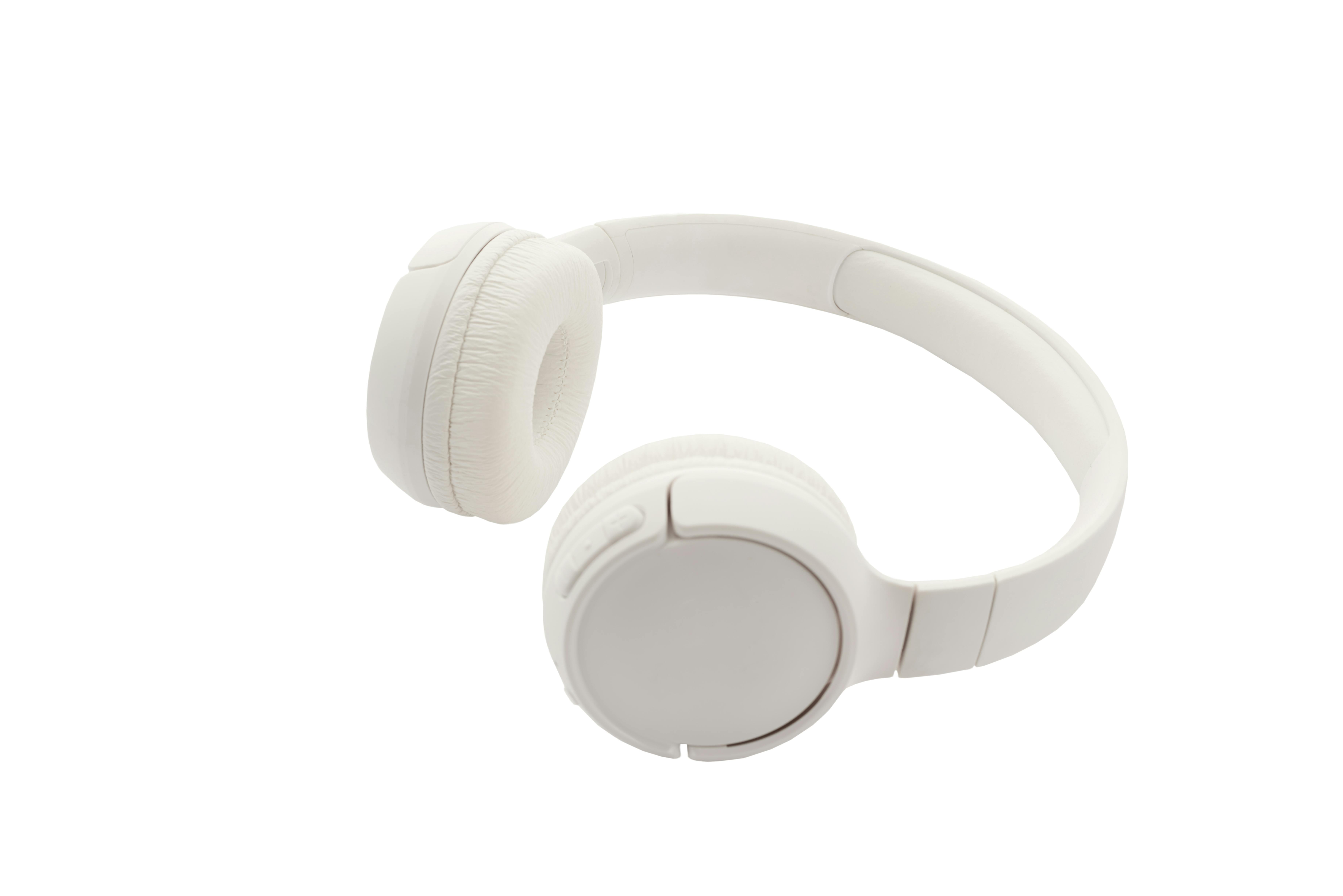The upcoming release of new mobile phones, such as the iPhone 5 and Samsung Galaxy 3, means that we are likely to see a reduction in the price of older models, such as the Galaxy S and the 8GB iPhone 4. We took a closer look at the processing power of these two models and also at the design to see which phone might appeal to consumers who don’t want to pay a premium price for a newer model.
Neither the iPhone 4 8GB nor the Samsung Galaxy S incorporates a dual-core processor but both models have powerful chips that ensure the phones run at a good speed. The iPhone device is powered by the Apple A4 chipset which includes a 1Ghz Cortex A8 processor. An excellent PowerVR SGX535 graphics processing unit is also present to ensure that anyone using the device for gaming titles can get the best experience. In terms of RAM, the model packs 512MB, which is plenty, though many devices now offer amounts around 1GB, which means the iPhone lacks a bit in this area. The Samsung Galaxy S is powered by a Hummingbird chipset that includes the same 1GHz Cortex A8 processor found in the iPhone and 512MB of RAM. In terms of graphics processing, the device packs a PowerVR SGX540 chip, which is a slight improvement over Apple’s phone, though it’s really hard to spot a noticeable difference in performance as the two models are so closely matched. The Samsung Galaxy S offers a slightly better chipset than the iPhone, but there’s little to choose between the two models in this department, with each phone offering excellent user speeds and excellent multitasking capabilities.
The 8GB iPhone 4 features an adventurous design that makes the phone look very modern even though the phone is over a year old. The model was the first phone to feature glass panels on both the front and back of the device. This impressive design makes the phone stand out from the crowd and Apple even chose to use the same chassis in the iPhone 4S which is currently one of the leading devices available. At just 9.3mm deep, the device is incredibly slim and the compact 3.5-inch display allows the phone to be slightly smaller than many other smartphones in terms of height and width measuring 115.2 x 58.6mm. The Samsung Galaxy S has a larger 4.3-inch screen, which means that the overall dimensions of the model are larger. Measuring 122.4 x 64.2 x 9.9mm, the device is still very slim and the modern design with slightly curved corners helps the phone maintain a very modern look. The Samsung features a plastic back panel that may not look as premium as the finish on Apple’s phone, but it helps keep the phone lighter at 119 grams compared to the iPhone 4’s 137 grams.
Even when compared to many newer devices, the 48GB iPhone and Samsung Galaxy S are phones worth considering. Both devices feature powerful chipsets and a modern design, although many consumers will prefer the glass finish that the Apple device sports.



